A couple of weeks ago, a friend of mine posted a picture of her child’s worksheet, similar to this one, on her Facebook page. The one she posted used the words “good” and “bad” instead of “healthy” and “not healthy,” but the idea is the same — some foods are good for you, while others are bad.
Simple, right? Well… maybe not so.

Let’s take the fish, for example. I bet the teacher expects a circle around it. But wait! What kind of fish is this? Farm-raised tilapia from China or wild Alaskan salmon? And how is it prepared? Is it frozen fish sticks or pan seared with ghee at home? And what if my kid happened to be allergic to fish? How can I say flat out that “fish” is healthy? I have to say, it depends.
What about milk? For the majority of children filling out this worksheet, regular cow’s milk that comes in a big carton like the one in the drawing is a problematic food. Even those not affected by a dairy allergy will have a hard time digesting commercial, pasteurized milk. So once again, it all depends.
Now, let’s talk about cake. That one I’m sure is supposed to be clearly marked with an “x”. I could get on board with that. Even if we’re talking about a cake made at home with high-quality ingredients, it’s likely to contain more carbohydrates per portion than I think is sensible, for most people. But what if this child is extremely athletic and his mom struggles to make sure he’s not underweight? Feeding him cake could be a convenient way for this child to put on necessary weight.
Let’s touch upon another aspect of this issue. There’s little question that the kind of cake we’re talking about here is not precisely great, nutritionally speaking. But… most kids still love cake. More importantly, their parents love it, too. At some point, for most of us there will be cake. The child has learned that cake is straightforward “bad,” but then hears everybody around talking about how it is “so good!” Suddenly it doesn’t really matter whether the cake is nutritious or not.
This is a huge topic, one that deserves at least one blog post, but for now I want you to think of how this type of inconsistency could be an influential factor in the dysfunctional relationship most people develop with food.
So anyway, how do you decide if a food is healthy or not?
The first thing to ask is whether or not the food is industrially processed. If it is, chances are this food is not desirable. But as you can see, even when the food is not industrially processed and of high quality, it might not be healthy for a specific individual.
Good/Bad. Healthy/Unhealthy. We use these words to reduce nutrition in a way that, in the long term, just makes the whole thing more complicated. Instead of the straight dichotomy that is so ingrained in our lexicon, we need to relearn the skill of “feeling” food out.
That is to say, we need to learn to observe how we FEEL after eating, without letting emotional attachment to a particular food affect our assessment.
When it comes to proper nutrition, there are no absolutes. When a particular food makes you feel good, gives you energy and is easy to digest, then it’s good. … for YOU.
But, remember, sometimes, even that same food may upset your digestion or drain you of energy. And then it’s no longer so good. As we change so do our dietary needs. Consequently, eating is always a dynamic process and it’s critical that we remain aware of how food is making us feel. If we start feeling bad from foods that previously seemed to work for us, then we ought to try to understand why.
So that’s the lesson for today, and one that parents, teachers and caregivers should consider. When kids ask whether a food is good or bad, perhaps the answer is not so straight forward. Encourage a dialog with them and deepen your own awareness of how different foods you eat affect you. It’s ok to say, “It depends!”
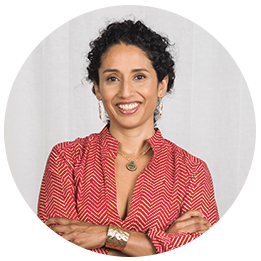
About Andrea
I am a functional medicine health coach and a therapeutic diets chef and my mission is to help you feel great in your physical body so that you can focus on living the life you want.
Since 2005 I've been dedicated to the study and practice of nutrition, wellness and functional medicine principles, which I translate into a customized practice for you. Think of me as a project manager. The project? YOUR freedom from chronic dis-ease.

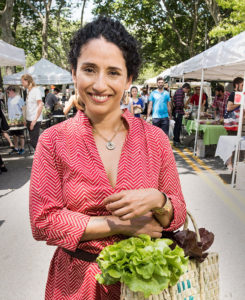



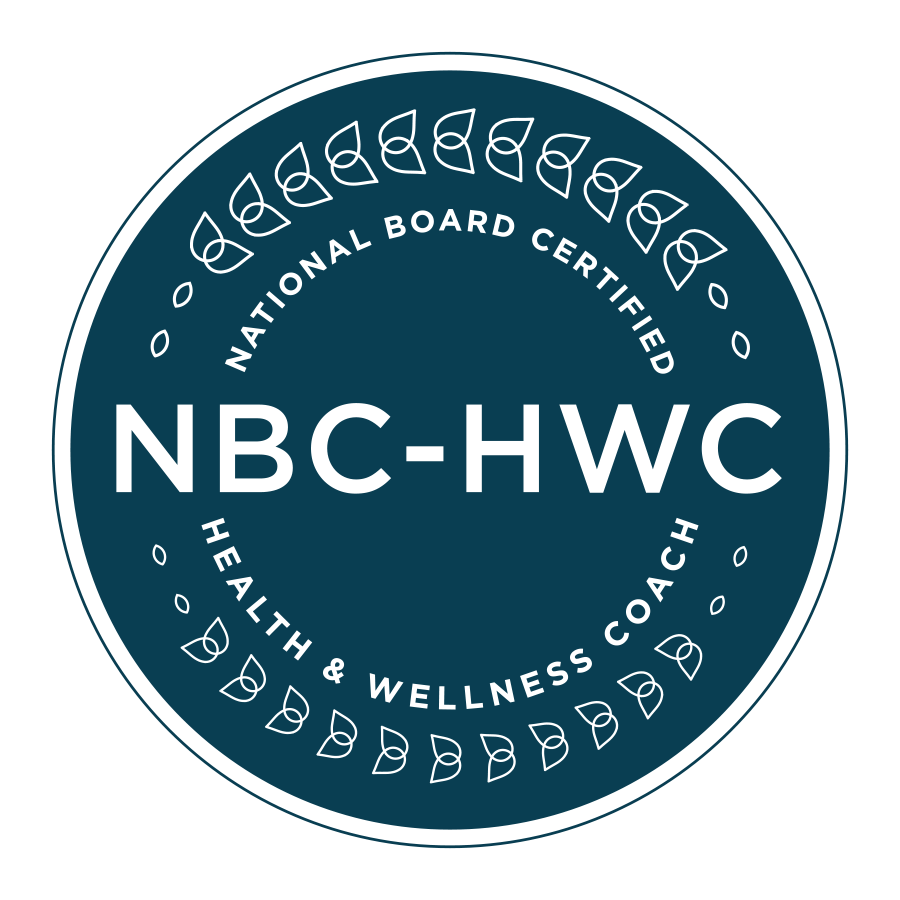
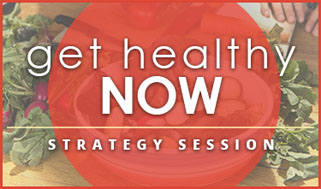
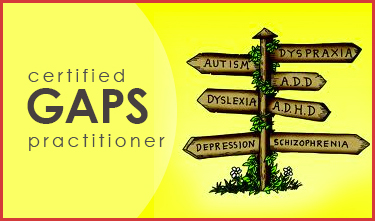
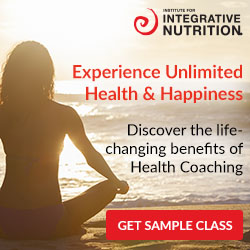
0 Comments